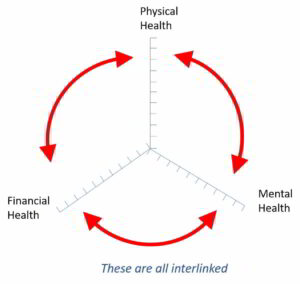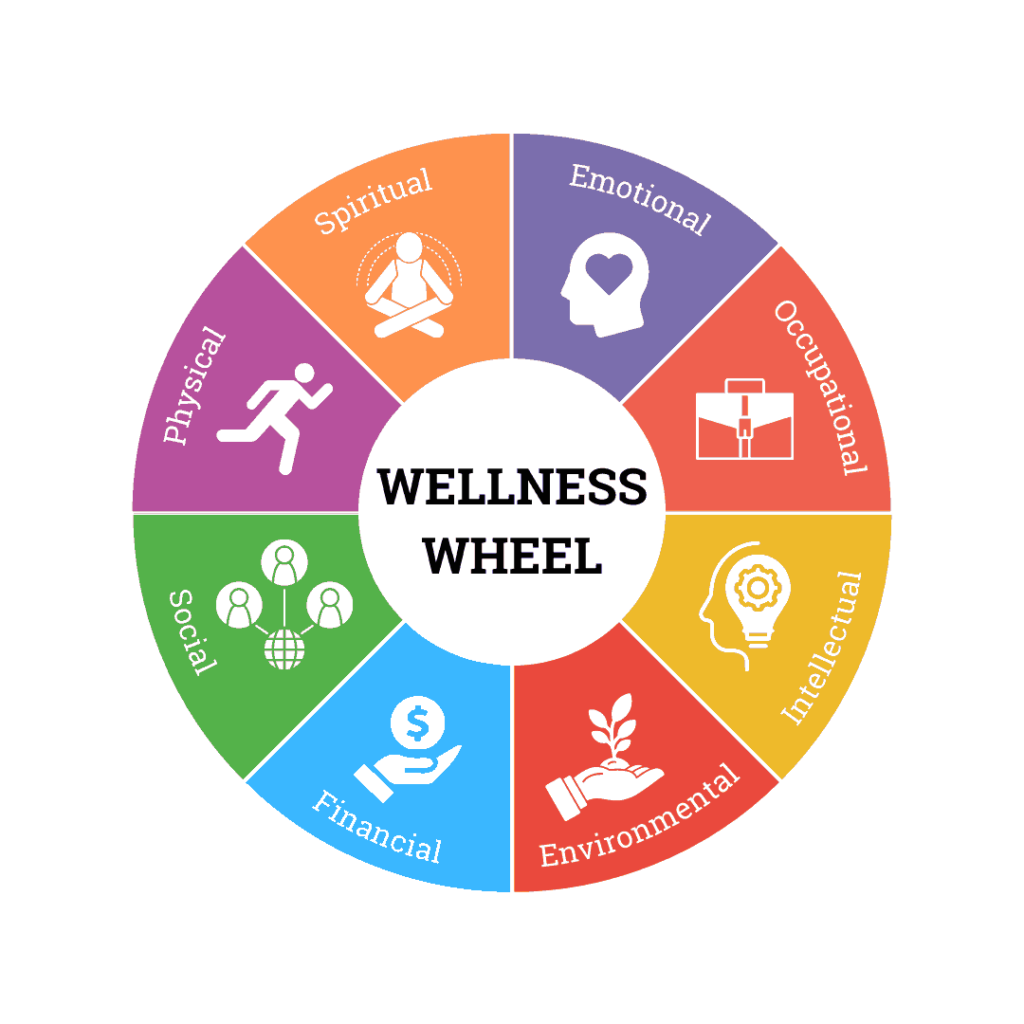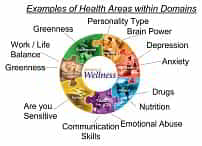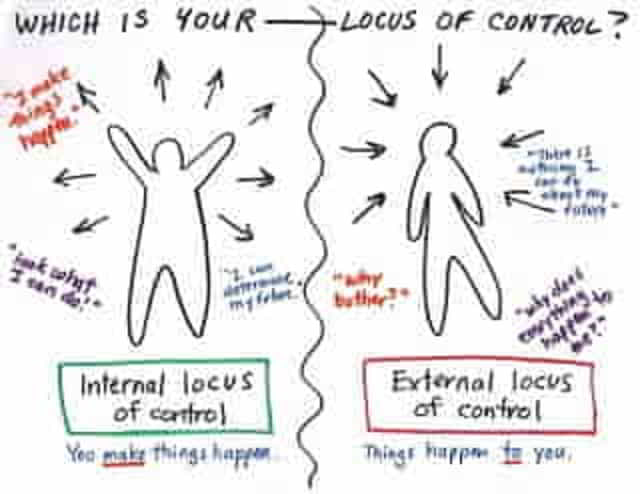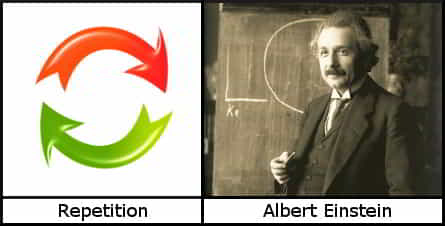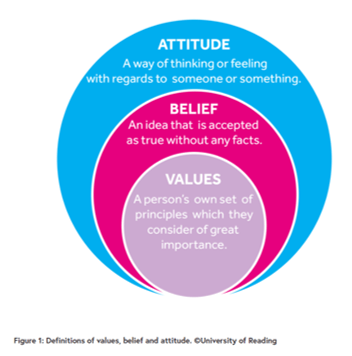Your Dashboard Tools
it's 16 Sep, 2024 4:48 pm
Recognising my parenting style and changing my parenting style exercise
field_5f0c304c72876 - is the title of the exercise
Exercise Summary
Parenting styles: What kind of parent are you – and how is it impacting your kids?
Ever wonder what your parenting style is?
When it comes to raising a child, there is certainly no one specific way to do it that is strictly right or wrong, which is why so many different parenting styles exist.
Every parent has the freedom to adopt the parenting style they believe is most effective, in both disciplining their child and helping shape them into the best version of themselves that they can be.
Although there is a vast number of parenting styles that have a lot of conflicting qualities, there are some that also share many commonalities. These similarities allow us to identify parenting styles as falling within certain groups.
Scroll through to learn about six different groups of parenting style and see where you fit on the parenting spectrum…
Main Activity
Study, educate and create an action plan of activity
The following was written by Niamh McCollum and published by GoodtoKnow:
1. Parenting styles: Attachment parenting
Attachment parenting is a style of parenting that focuses on the physical closeness between parent and child as an imperative for an infants’ emotional security.
It is based on a theory that suggests babies and children need emotional and physical closeness to their parent in order to develop into stable adults.
Attachment methods include avoiding all negative thoughts about pregnancy, breastfeeding and using nurturing touch by engaging in co-sleeping and joint baths with your child, as well as carrying them in front-facing baby carriers.
2. Parenting styles: Permissive parenting
Permissive parenting is one of the most lenient parenting styles, whereby parents avoid all confrontation and punishment with their children by refusing to set ground rules.
Permissive parents are more concerned with being seen as their kid’s friend rather than an authoritative figure, and they tend to form a strong bond with their children.
Although permissive parents form a very strong bond with their offspring, children may exhibit more behavioural problems later on in life, as they don’t appreciate authority or rules.
3. Parenting styles: Tiger parenting
Tiger parenting refers to one of the authoritarian parenting styles favoured largely in families of Asian heritage.
Tiger parents demand that children follow a gruelling schedule of intensive studying and extra-curricular activities, particularly in high-earning, in-demand occupations such as law and medicine, then measure their children’s success by these achievements.
This style of parenting may allow children to become more productive, motivated and responsible. Critics believe, however, that this approach stifles the true creativity and individuality of children, as they’re given very little room to pursue their own interests and make their own choices.
4. Parenting styles: Helicopter parenting
The term ‘helicopter parent’ was first used in Parents & Teenagers, a book written in 1969 by Dr. Haim Ginott. It is used to describe parents who hover over their children like a helicopter and is ‘overly involved’ in their lives.
Experts tend to believe that in almost every case, helicopter parents are acting out of love and a desire to do the best for their child – however they just take it a little too far.
Helicopter parents are likely to know where their kids are at all times, which is an important safety consideration, however, it has also been criticised as shielding kids from natural consequences in life such as loss and failure.
This prevents children from developing their own coping mechanisms for negative events that may occur in their adult lives.
5. Parenting styles: Therapeutic parenting
Therapeutic parenting is the term used to describe another high nurture parenting style that fosters feelings of safety and connectedness. This style of parenting, however, tends to be more commonly used so that traumatised children can begin to heal and attach.
Therapeutic parenting provides a way to meet these child’s needs, so that they can feel safe again. It involves setting aside traditional parenting skills such as time-outs and corporal punishment, in favour of PACE, which is a methodology that aims to make a child feel safe so they can learn to trust.
PACE involves a parent adopting the following approaches:
Playfulness: creating an environment of lightness and interest when communicating; for example, using a light tone when telling a story and expressing fun and joy over being stern or irritated
Acceptance: showing acceptance of their child’s wishes, feelings, thoughts, urges, motives and perceptions without judging or evaluating
Curiosity: showing that they understand their child’s behaviour. Curiosity also helps parents teach their child how to understand their own behaviour
Empathy: feeling compassion and the emotions of a sad or distressed child and actively showing this so their child feels understood. Parents would offer support, comfort, love and commitment.
It is often regarded as being exclusively for traumatised children who have nearly always been in care, but it can also be used with securely attached children, too.
It can be hugely beneficial to children, as it allows the child to form healthy attachments to others and build trust in adults.
6. Parenting styles: Authoritative parenting
Authoritative parenting is one of the strictest parenting styles, as authoritative parents are often viewed as disciplinarians.
Infamous for uttering the words ‘Because I said so’ when a child questions the reasoning behind a rule, they’re not interested in negotiation and their focus is on obedience.
Authoritative parents’ expectations of their child, for example, their success in sports, academics or music, are very high with limited flexibility.
Advocates of this parenting style argue children tend to be more disciplined and understand what’s expected of them, due to strict rules being in place.
Video
Title
Summary
Play
Now you have to decide if you want this exercise to be part of your action plan.
If you don’t, then either hit the back arrow or click the button to go back to look at another exercise.
If you do, then carry on down the page and follow the instructions.
If you want to include this exercise in your action plan, select Yes from on the right then click the green button saying ‘Include this exercise’.
Sadly you’ll go back to the top of this page – please scroll down and fill in the bits that appear before here.
Add a comment
You can leave a comment below – we’ll get back to you.
